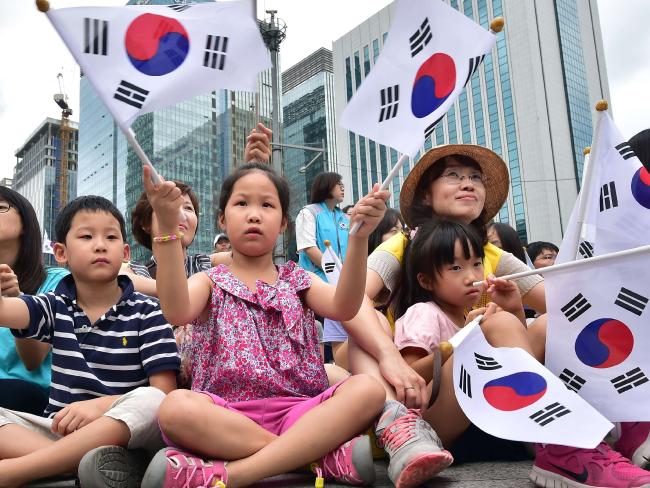
Taiwan-China: Recent Economic, Political, and Military Developments Across the Strait, and Implications for the United States
March 18, 2010Southeast Asia’s Dry Spell
March 31, 2010By: Project 2049 Institute |
South Korea is a graying nation. Like many of its neighbors in East Asia, South Korea has experienced low fertility rates, leading to an aging population. In 2009 the South Korean birthrate hit a four year low following a progressive decline in average number of children per woman from nearly six in 1960 to 1.3 in 2007. While the government has enacted policies to encourage South Koreans to start families; the nation’s low fertility could threaten the health of the economy and its national security.Â
Â
A low birthrate and an aging population are likely to take a toll on the South Korean economy. Older workers command higher wages but are less productive than younger employees. Over time the labor force will shrink, while the number of pensioners will increase. In 2007 there were seven workers in South Korea for each pensioner; this will decline to 4.5 workers per pensioner in 2020 and to only 1.4 workers by 2050. The erosion of the tax base and the growing strain on governmental entitlements coupled with lower productivity will likely slow South Korean economic growth.
Â
South Korea’s low fertility rate has security implications as well. The falling birthrate substantially reduces South Korea’s military aged manpower. This consideration contributed to the scheduled reduction of the Army from 560,000 personnel in 2004 to 371,000 in 2020. While advanced weapons systems and other force multipliers should allow the military to continue defend South Korea, other missions such as offense or post-conflict stabilization and peacekeeping have greater manpower requirements.
Â
The South Korean government has instituted new policies in an attempt to drive up the flagging birth rate. The “Saeromaji Plan 2010â€Â announced in 2006 provided subsidies for daycare, tax and housing incentives for large families and expanded maternity and childcare leave. Despite these policies, South Korea can be a family unfriendly place. South Korea’s business culture still demands long hours which make it difficult for women to raise a family while continuing their careers. This presents difficult financial choices as the cost of parenthood balloons with education expenses such as private tutoring, which is considered necessary for university entrance.
Â
Pro-natalist government policy is unlikely to make a change in South Korea’s declining birthrate without significant changes in the country’s work culture and attitude towards women in the workplace. As South Korea’s labor force shrinks and dependence ratio rises, declining productivity and increasing government spending will be detrimental to economic growth. While advanced weapons systems will likely ensure that the South Korean army will still be a formidable fighting force, its shrinking ranks may restrict its ability to undertake post conflict stabilization tasks – something that may be necessary should the communist regime in North Korea collapse.




